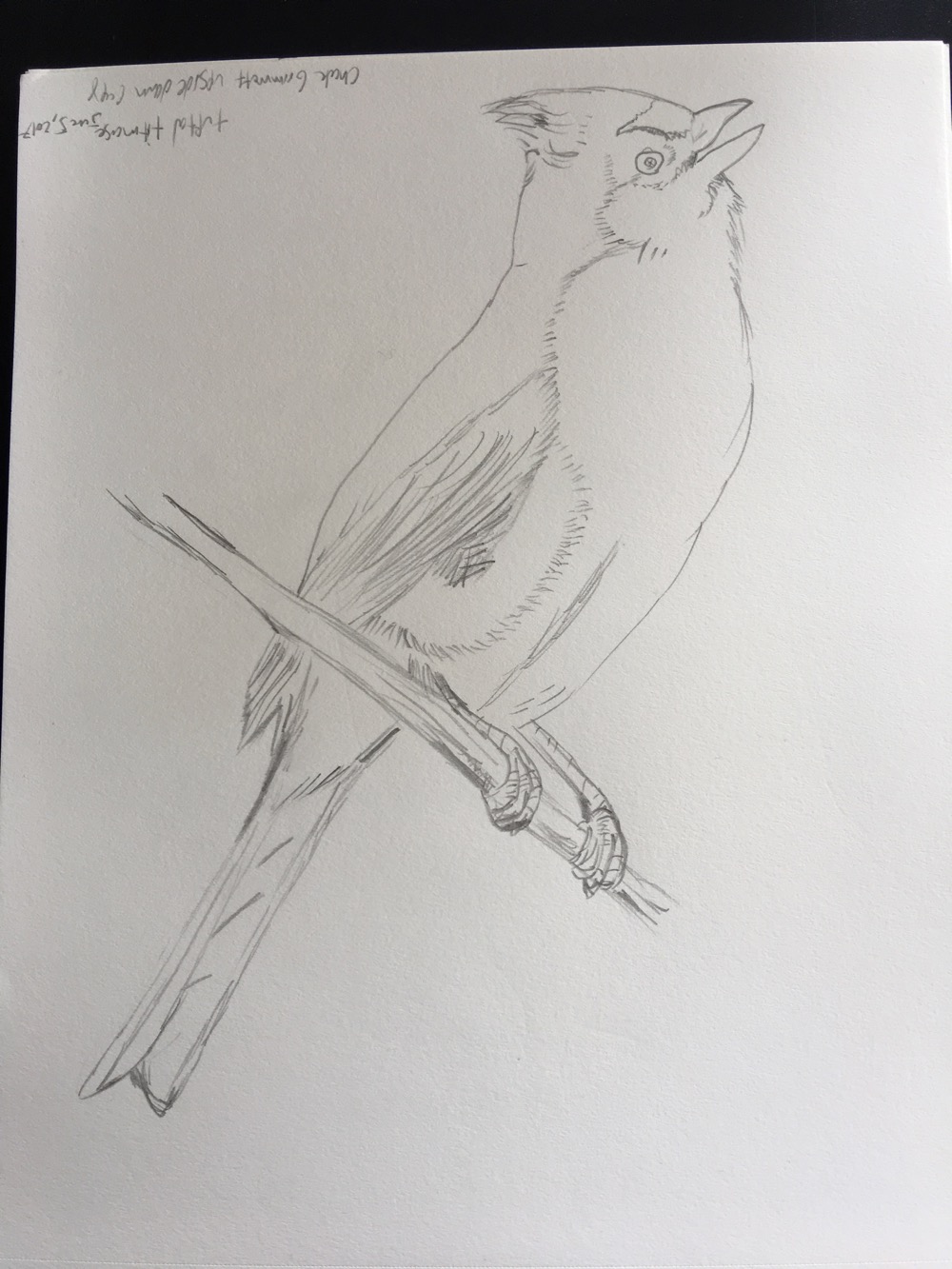Link to episode: https://overcast.fm/+D88LXtYzQ
- Emotions don’t happen to us, they are responses to things that happen to us.
- In fact, we don’t respond directly to the things that happen to us, but rather we respond to our concept of what happens. We don’t directly respond to the outside world, we respond to our mind’s interpretation of the outside world.
- If someone who has been blind from birth gets a cornea transplant, they don’t automatically see what we see. They see blobs of light and dark for days, weeks, and sometimes years, until their mind forms a conceptual understanding of what it takes in.
- Everything around us (what we see) and inside us (what we feel) is a blob until we learn how to interpret it.
- Our brain has four basic reactions: pleasant, unpleasant, aroused, calm. Our brain then reacts to our concepts of what happens to us and makes meanings based on past experience. Those are emotions.
- We can change our concepts of the outside world.
- The consequence of this is that we can also change our emotions. This means we have control and responsibility over our emotions.
- Emotions aren’t objective. Trauma isn’t the same as cells that have corrupted and turned cancerous.
- It can be a long a difficult task to change our concepts. But it can be done. We control our experience of reality.







